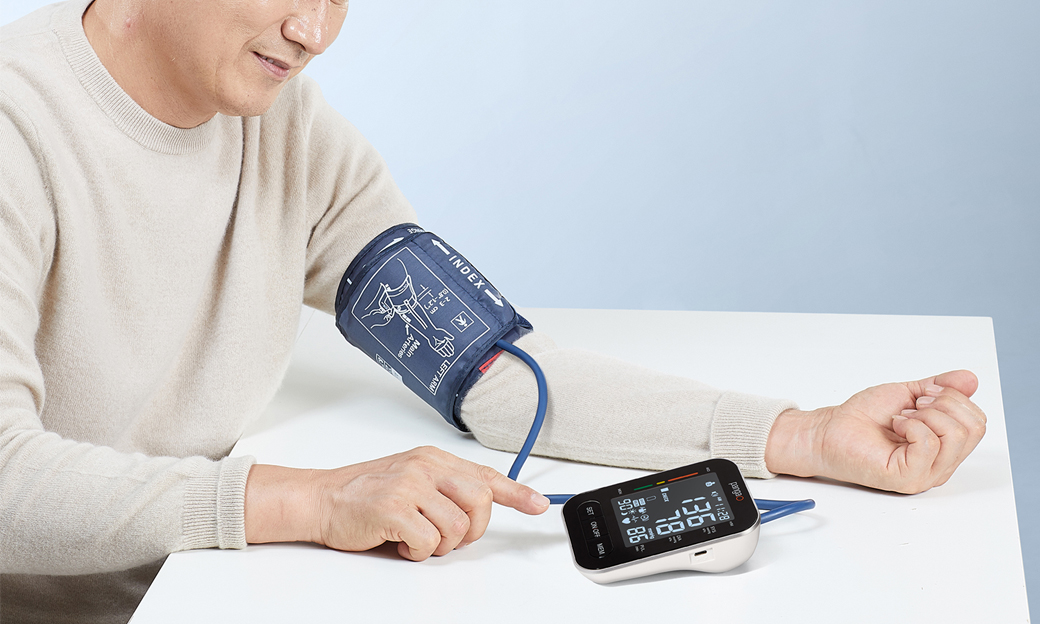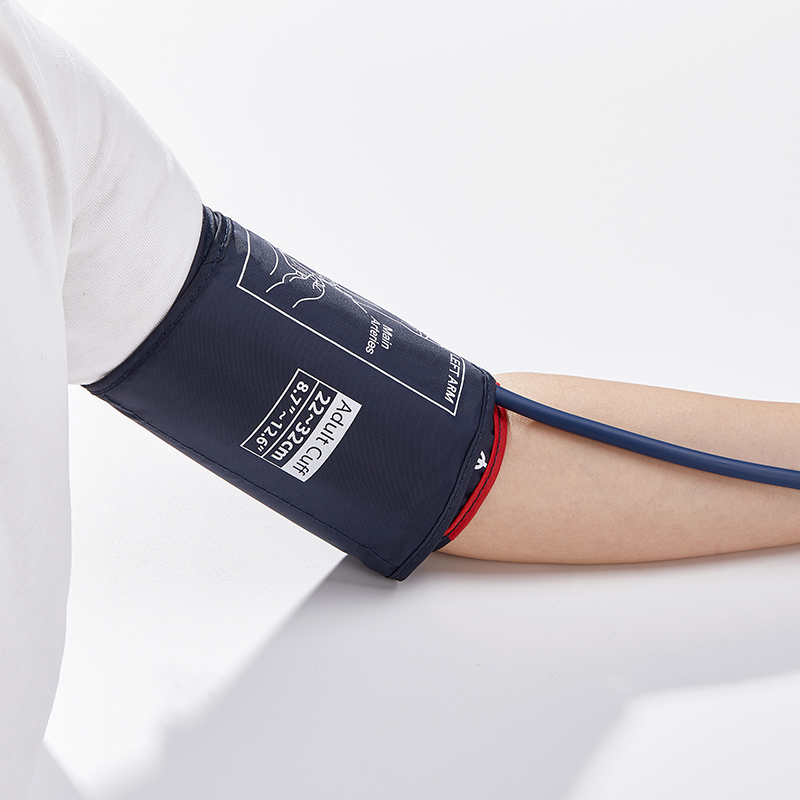
Blood pressure measurement is one of the most common diagnostic tools in medicine. However, despite its widespread use, the accuracy of a blood pressure reading can be easily compromised by a number of subtle factors—arm position being one of the most critical. Studies have shown that incorrect arm placement can result in measurement errors of 10 to 20 mmHg or more, which may lead to misdiagnosis or inappropriate treatment.
Understanding the Role of Arm Position
Blood pressure is typically measured in the brachial artery, which runs along the upper arm. The goal is to estimate the pressure inside the artery as the heart pumps blood through the body. For accuracy, the arm should be placed at the same level as the heart—roughly at the level of the right atrium. This position reflects the true pressure the heart is exerting.
When the arm is not properly positioned, hydrostatic pressure—the pressure exerted by a fluid due to gravity—either adds to or subtracts from the actual blood pressure reading.
The Effects of Incorrect Arm Positions
1. Arm Below Heart Level
●Result: Falsely high readings.
●Why it happens: When the arm is lower than heart level, gravity increases the pressure in the arteries due to a column of blood between the heart and the cuff. This can artificially elevate systolic and diastolic readings by up to 10 mmHg for every 10 cm (4 inches) the cuff is below the heart.
●Example: A true reading of 120/80 mmHg may appear as 135/90 mmHg if the arm is significantly lower.
2. Arm Above Heart Level
●Result: Falsely low readings.
●Why it happens: In this case, gravity reduces the pressure in the arm because blood is flowing “downhill” from the heart. The monitor records a lower pressure than is actually present.
●Magnitude of error: A cuff 10 cm above heart level may produce a 10 mmHg lower reading than actual.
3. Unsupported Arm
●Result: Increased systolic readings due to muscle tension.
●Why it happens: If the patient is holding up their arm without support, even slight muscle contraction can increase vascular resistance. This can cause an increase in systolic pressure by 10 to 15 mmHg.
●Clinical relevance: This often goes unnoticed in routine settings and may lead to unnecessary prescriptions for antihypertensive medication.
Guidelines for Proper Arm Positioning
For the most accurate and consistent blood pressure readings, follow these steps:
Patient Preparation
●Rest for at least 5 minutes before measuring.
●Avoid caffeine, exercise, and smoking for 30 minutes prior.
●Empty the bladder before the reading.
●Sit comfortably with the back supported, feet flat on the floor, and legs uncrossed.
Arm and Cuff Placement
●The arm should be fully supported, either resting on a table or an armrest.
●The midpoint of the upper arm (where the cuff is wrapped) should be at the level of the right atrium of the heart.
●Use an appropriate cuff size: a cuff that is too small can overestimate BP, and a large cuff may underestimate it.
●Place the cuff directly on the skin, not over clothing.
During Measurement
●Stay silent and still.
●Do not talk or move the arm.
●Take at least two readings, spaced 1–2 minutes apart, and average them for accuracy.
Practical Advice for Home Monitoring
●Use a validated upper-arm monitor (wrist monitors are more sensitive to positioning errors).
●Measure at the same time each day, ideally in the morning and evening.
●Keep a written or digital log to track changes over time.
If you're unsure about your technique, ask your doctor or pharmacist to observe and correct your positioning.

Clinical Implications
Incorrect readings can have real consequences:
●Overestimated BP may lead to unnecessary medications or anxiety.
●Underestimated BP may delay diagnosis or treatment of hypertension.
●In patients with borderline readings (e.g., 130–139 systolic), even a 5 mmHg error can change treatment decisions.
A study published in Hypertension (2017) demonstrated that arm position alone can shift 24% of patients across diagnostic categories, leading to incorrect staging of blood pressure according to guidelines.
Arm positioning is a deceptively simple but crucial factor in the accuracy of blood pressure measurement. Whether you’re a healthcare provider or monitoring at home, ensuring the arm is at heart level, supported, and relaxed can make the difference between a correct diagnosis and a misleading one. Consistency, awareness, and attention to detail are essential to accurate blood pressure monitoring—and ultimately, to better cardiovascular health.
Subscribe means that you have read and agree to the Privacy Policy.
Subscribe means that you have read and agree to the Privacy Policy.
Copyright © Shenzhen Pango Medical Electronics Co.,Ltd, Ltd. All Rights Reserved.